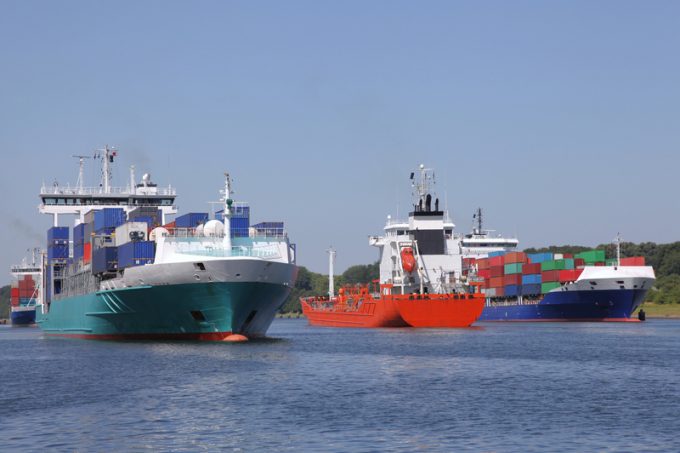Air cargo market enjoys some calm before an expected Q4 storm
It has been a quiet couple of weeks in airfreight, owing to China’s Golden Week. Overall ...
GM: RAISING THE ROOF GGM: IN FULL THROTTLE GZIM: MAERSK BOOST KNIN: READ-ACROSSMAERSK: NOT ENOUGHMAERSK: GUIDANCE UPGRADEZIM: ROLLERCOASTERCAT: HEAVY DUTYMAERSK: CATCHING UP PG: DESTOCKING PATTERNSPG: HEALTH CHECKWTC: THE FALLGXO: DEFENSIVE FWRD: RALLYING ON TAKEOVER TALKODFL: STEADY YIELDVW: NEW MODEL NEEDEDWTC: TAKING PROFIT
GM: RAISING THE ROOF GGM: IN FULL THROTTLE GZIM: MAERSK BOOST KNIN: READ-ACROSSMAERSK: NOT ENOUGHMAERSK: GUIDANCE UPGRADEZIM: ROLLERCOASTERCAT: HEAVY DUTYMAERSK: CATCHING UP PG: DESTOCKING PATTERNSPG: HEALTH CHECKWTC: THE FALLGXO: DEFENSIVE FWRD: RALLYING ON TAKEOVER TALKODFL: STEADY YIELDVW: NEW MODEL NEEDEDWTC: TAKING PROFIT

Large carriers are fighting over a diminishing pool of second-hand box ships, with the latest Alphaliner research pointing to no orders, but abundant acquisitions in the 700-999 teu feeder-size range.
Alphaliner found major carriers were acquiring vessels second-hand from non-operating owners: 675 over the past three years.
Particularly hungry for feeder tonnage is MSC, which has snapped up an unprecedented 306 vessels so far this year; 20 in the 700-999 teu range.
But the supply of feeders is dwindling, thanks to an unwillingness by owners to invest in smaller vessels.
“The future of the sub-1,000 teu sector… continues to raise questions, with not a single newbuild vessel on order for NOOs,” said Alphaliner, which also described replacement in the 2,000-2,600 teu range as “insufficient”.
After starting several months into the pandemic, 2021 saw the apex of an episode in which vessels in the smaller size ranges, owned by non-operating owners (NOOs), were fixing charters at exorbitant rates, some exceeding $100,000 a day.
This initiated a buying frenzy among carriers, when it was not unusual to see such vessels providing a return on investment within a few months.
But onlookers have noted that the IMO’s new CII regulations have put feeder trades in jeopardy, as these vessels are generally operated on schedules which require extended port stays and fast voyage times. This is in opposition to the slow-steaming approach, which owner consensus dictates will be the preferred strategy for dealing with CII in the short-term.
However, said Alphaliner: “Although carbon regulations tend to favour larger tonnage deployed on optimised rotations, the current high demand for small vessels highlights the continued interest by carriers in this type of ship.”
A recent report in Lloyd’s Register’s Horizons bemoaned the lack of new feeder tonnage, noting that these vessels “fulfil an essential function in completing the ‘last mile’ of a container’s journey”. But, it added, they were “…poorly placed to benefit from some energy-saving technologies… harnessing the power of the wind, for example, would be a tough ask; these ships are in and out of port all the time”.
But earlier this year, Xeneta chief analyst Peter Sand told The Loadstar a reduction in the feeder fleet would be “an own-goal” for reduction of carbon emissions, leading to “certain ports becoming less connected and potentially moving some shippers into inland transport from hubs, rather than feeders, which is much less efficient than container shipping”.
Comment on this article